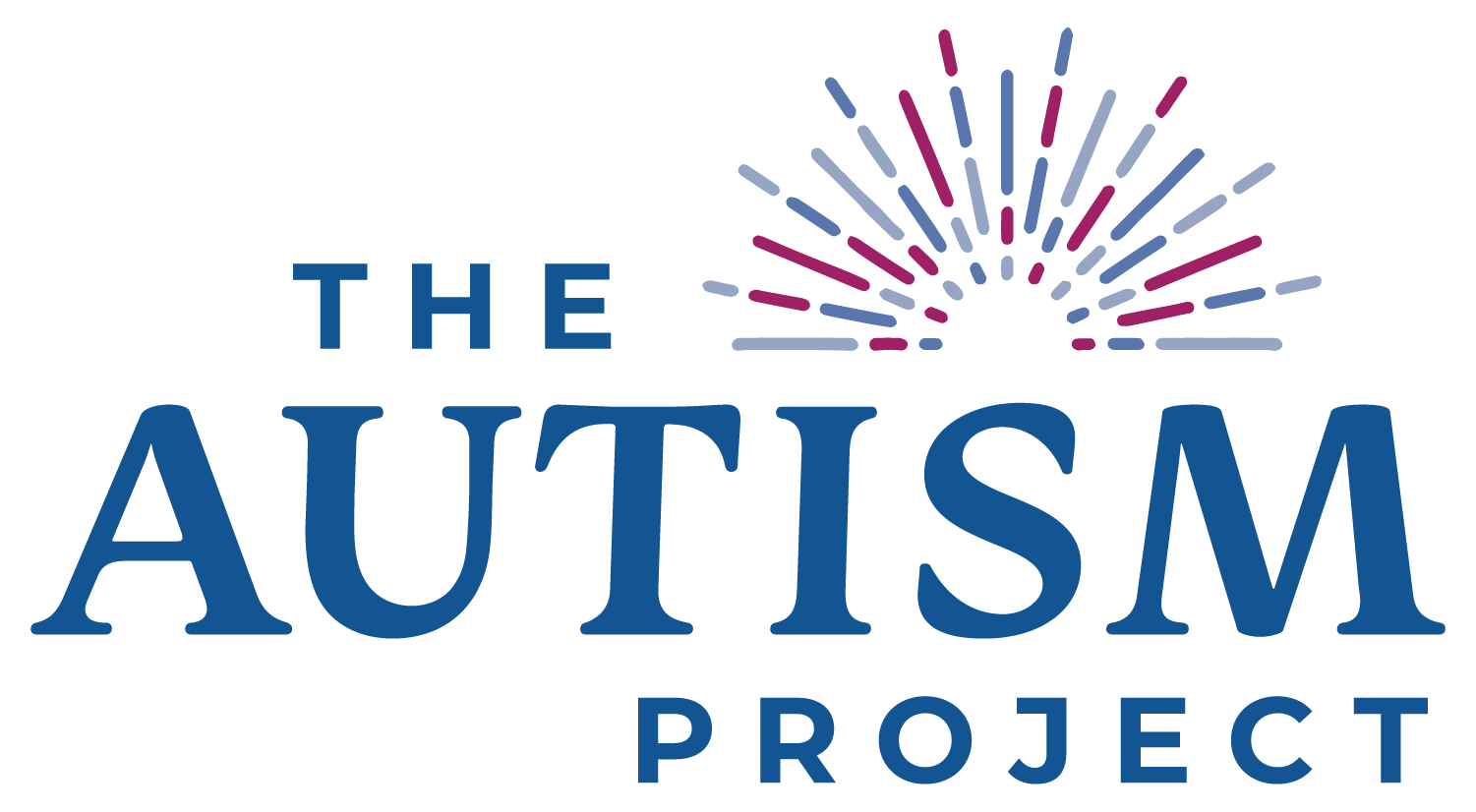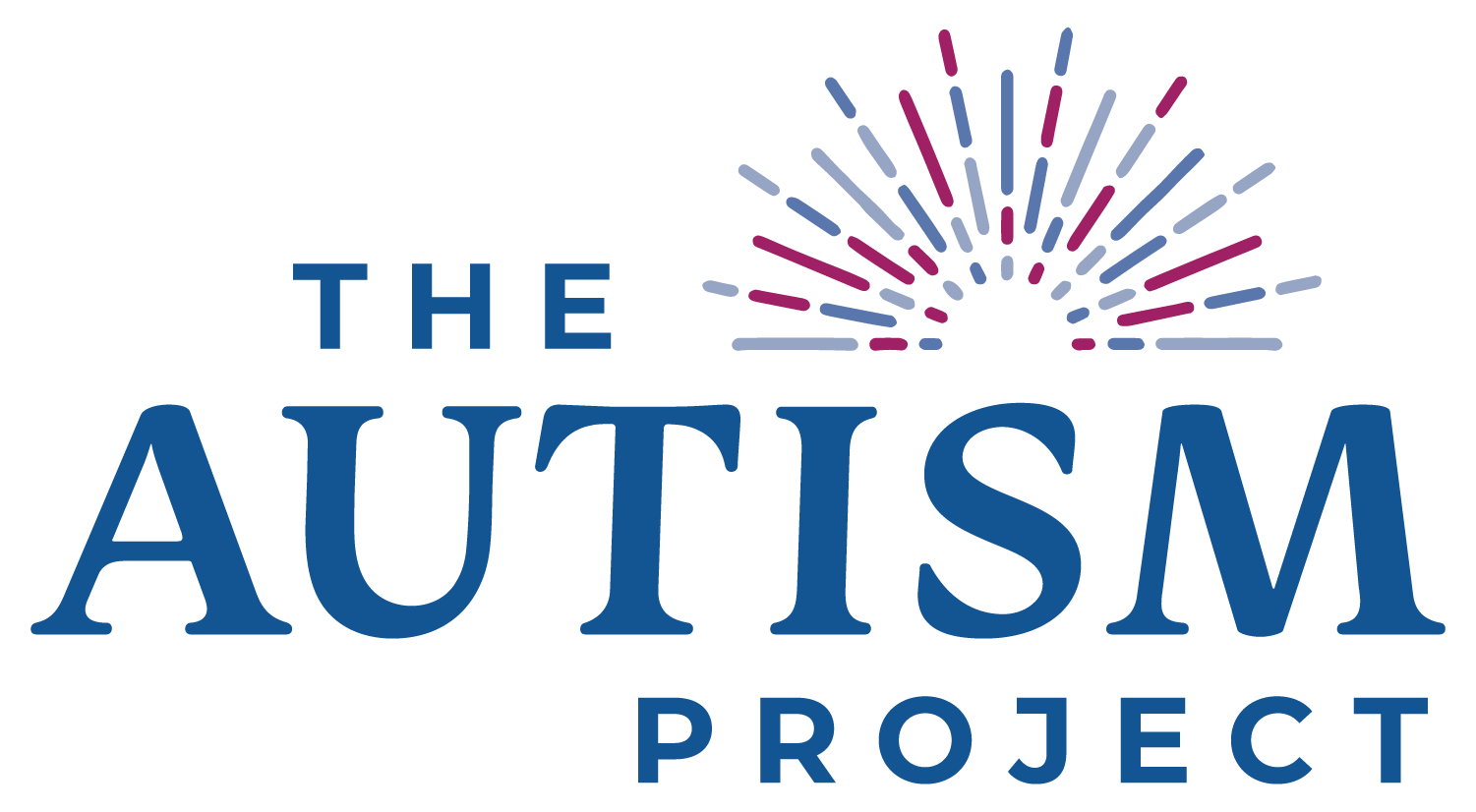What is Autism?
In answering the question “What is autism?” it is also essential that we identify what autism is not. Across the globe, there are so many misconceptions about autism. Autism is not a mental health diagnosis. Autism is not a behavior disorder. Autism is not a thought disorder. Autism is not an intellectual disability (though, according to the CDC, approximately 38% of autistic children also have an intellectual disability). Rather, autism is neurodevelopmental. This means that an autistic person’s unique neurology impacts the way that they experience the world. The way that an autistic person processes language, experiences their sensory environment, breaks down tasks, interacts, regulates, predicts, connects, problem solves, communicates, and experiences interests may be different from people of other neurotypes. The criteria for the diagnosis of “autism spectrum disorder” can be found in the Diagnostic and Statistical Manual, Version 5, Text-Revision. In summary, autism can be characterized by challenges or differences in the following areas:
- Social Communication
- Reciprocal social/emotional interaction
- Maintaining relationships
- Non-verbal communication
- Behaviors, Interests, and Activities
- Attachment to routines and patterns and resistance to change
- Repetitive speech and movements
- Intense and restrictive interests
- Sensory integration - seeking or avoiding sensory input
When a person is diagnosed with autism, that diagnosis may also be assigned a level. That level is based on the support that a person requires. There are three levels: Level 1, Level 2, and Level 3. These levels are based upon the type of environment that a person requires. Someone requiring fewer supports may be diagnosed with Autism Level 1. Someone requiring greater supports may be diagnosed with Autism Level 3.
It is important to note that some autistic people may not have access to an official diagnosis. Long waiting lists, high costs, and lack of providers in certain areas may prevent people from accessing an official diagnosis. Others may choose not to get an official diagnosis, but may find that some of the tools, strategies, and accommodations recommended for autistic people are helpful for them.
25-30% of autistic people are non-speaking or minimally speaking. This does not mean that the person does not understand language, nor that they are not able to communicate. Nonspeakers may understand everything being said around them. Many autistic people communicate through writing, symbol exchange, assistive technology, sign language, or other means. If you are working with a non-speaking person, always assume competence. Do not speak in front of the person as if they do not understand. You may also be a non-speaking person yourself. If you are local to Rhode Island, the Autism Project offers a social group called “Let’s Talk” in which everyone in the group, including the facilitators, communicates with a device. Find out more on our Social Groups tab.
Co-Existing Diagnoses
Autistic people may also have medical diagnoses that impact them. For example, up to 80% of autistic people have a sleep disorder. 10-30% of autistic people have epilepsy. Between 46% and 85% of autistic people will also have a gastrointestinal condition. Autistic people are 2.2 times more likely to have severe headaches. (Al-Beltagi, 2021). These medical conditions are not a part of the autism diagnosis, but rather, autistic people are more likely to be diagnosed with these medical conditions than non-autistic peers.
50%-70% of autistic people also have ADHD. Some people who are both autistic and have ADHD may use the term AuDHD to identify themselves.
According to Dr. Sarah Cassidy of Nottingham University, nearly 80% of autistic people have a diagnosed mental health condition (anxiety disorders, depression, obsessive compulsive disorder, etc). It is critical that autistic people with a mental health condition receive autism-informed care. While mental health professionals can seek autism training to better support their clients, there is something that everyone can do to support autistic people. Each of you reading this page is here to learn more about autism. This learning allows you to be empathetic, understanding, and accommodating of and to connect with people of all neurotypes.
To learn more information (including statistics) on autism, visit the CDC website here.
Have questions about autism? For information about increased prevalence rates, autism and vaccines, and more, visit the CDCs FAQ page here.
Al-Beltagi M. (2021). Autism medical comorbidities. World of clinical pediatrics, 10(3), 15–28.
American Psychiatric Association. (2013). Diagnostic and statistical manual of mental disorders (5th ed.). Washington, DC
Hours, C., Recasens, C., & Baleyte, J. M. (2022). ASD and ADHD Comorbidity: What Are We Talking About?. Frontiers in psychiatry, 13, 837424.
https://www.autistica.org.uk/our-research/research-projects/understanding-suicide-in-autism




